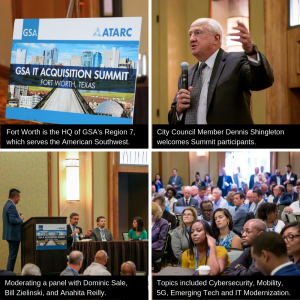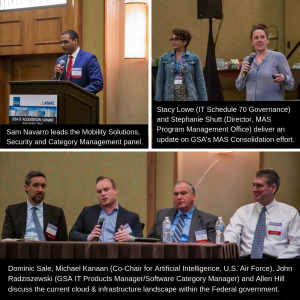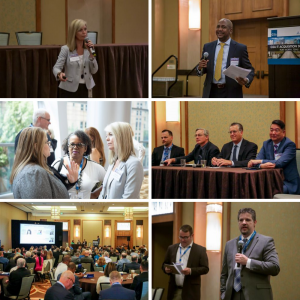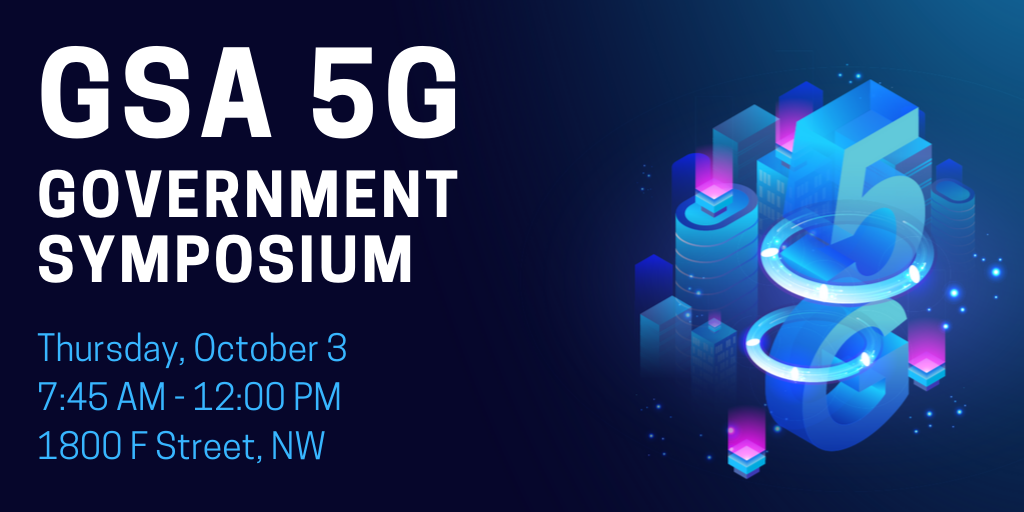When it comes to information technology modernization efforts, agencies have to develop holistic strategies that match their evolving needs without compromising their ability to carry out their mission. The U.S. Agency for International Development’s (USAID) mission is to help others, but when it came to technological transformation, USAID had to start by helping itself.
Let’s take a look at how USAID became the vanguard for smart cloud adoption in support of a complex, global mission.
A Legacy of Innovation
For nearly a decade, USAID has strategically deployed cloud technology to enable and scale its operations both at home and abroad. Working in some of the more challenging locations around the world, USAID often operates in low network connectivity bandwidth environments that present their own unique security vulnerabilities.
To operate in these harsh operational conditions, USAID adopted cloud technology early. In 2010 they moved to cloud-based email, messaging, and collaboration tools. In 2012, USAID completed nearly all of the goals of the Data Center Optimization Initiative (DCOI) when it consolidated to a single enterprise data center.
Data Consolidated, Optimized, and Secured
Most recently in 2018, USAID successfully migrated the enterprise data center to a hybrid cloud solution with full disaster recovery capability. The new USAID Enterprise Data Center/Disaster Recovery (EDC/DR) solution provides government Infrastructure as a Service (IaaS) as well as redundancy for USAID’s network and business-critical systems.
USAID can now use more modern technology like scalable, on-demand resources; no restrictions for memory, processing, and storage; and the ability to restore data in several hours versus days or weeks. Using tagging in the cloud environments will enhance USAID’s ability to comply with the Federal IT Acquisition Reform Act (FITARA) and Technology Business Management reporting requirements. Finally, the cloud solution is FedRAMP-authorized, ensuring the new infrastructure services meet rigorous security standards.
Working with GSA
USAID used IT Schedule 70 for its EDC/DR infrastructure acquisition.
USAID sought to acquire public and government IaaS as standardized, highly automated infrastructure services owned by cloud service providers (CSPs) and offered to USAID on demand.
Before the award, the USAID engineering team performed an analysis of alternatives (AoA) backed by thorough market research. The AoA recommended a hybrid cloud solution to meet USAID’s EDC/DR requirements.
A high-level design that could connect to both public and government IaaS CSP was proposed in the AoA by the engineering team. It suggested two co-locations on opposite ends of the country to ensure operational and geophysical redundancy. A RFQ (Request for Quote) guided by the AoA and EDC/DR requirements was released for competition. The acquisition was structured so that the co-location IaaS solution was purchased as a commodity owned by the CSP. In this modern virtual data center, USAID leverages high availability system components as a Disaster Recovery solution without additional costs.
Solution Acquired, Results Analyzed
The result is a fully scalable virtual data center, with dynamic policy-driven services and improved performance. All of this comes at a 30% lower cost for operations and maintenance.
With cloud, USAID now can use multiple data centers’ hosting systems, services, applications, and storage without relying on any particular geographic location.
This is critical given that USAID leads the U.S. government’s international development and disaster assistance work in over 80 countries around the globe. These efficiency gains have enabled reinvestment in more advanced and innovative technologies. USAID has matured to being 100% cloud-enabled, using all service models. With no legacy systems to support, the agency can move to new, modern solutions in a much more agile fashion than other federal departments that are weighed down by aging systems and infrastructure.
What Does Your Mission Require?
As a facilitator of USAID’s cloud accomplishments, GSA is here to help your agency use the cloud to achieve its long-term mission and strategic goals. This includes aligning with federal mandates like the new CloudSmart Strategy and leveraging government-wide tools to modernize your IT infrastructure.
To help discover ways that GSA can enable your agency’s mission through cloud, contact cloudinfo@gsa.gov, visit our Cloud Information Center at gsa.gov/cic, or use our IT Solutions Navigator to find the vehicle that’s right for you.
Please follow us on Twitter @GSA_ITC and LinkedIn to join our ongoing conversations about government IT.
To get updates for this blog, please sign up on the right-hand side of the page where it says Sign up for Blog Updates.




